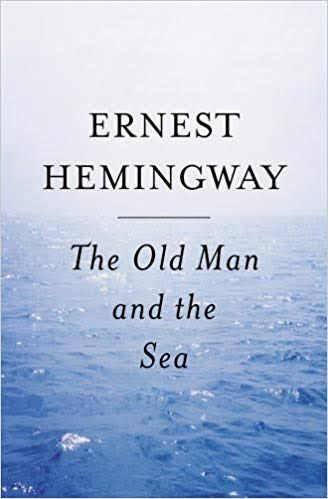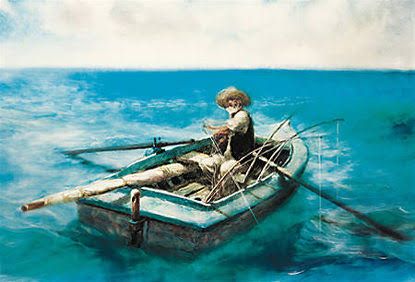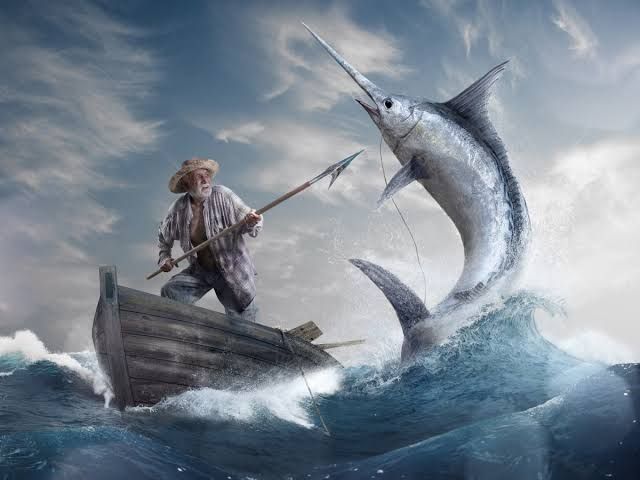The Old Man And The Sea
Jun 30, 2019 • 46 views
The novella The Old Man and the Sea was published near the end of Ernest Hemingway’s writing career when critics thought Hemingway was losing his creative powers. This novella then actually restored his reputation as a writer. It earned Hemingway the Pulitzer Prize and also helped him win the Nobel Prize in Literature. For many years, the work enjoyed wide critical approval and attention, although it had its detractors.

The Old Man and the Sea portrays multiple levels of theme, image, and symbol. At many areas it has been compared to Herman Melville’s Moby Dick and to Samuel Taylor Coleridge’s “The Rime of the Ancient Mariner” both of them are great tales of sea adventure and the test of human endurance. Hemingway claimed to be writing a story about a real fisherman, the real sea, and a real fish thus making it a realist novella.
The story is a timeless drama which is devoid of contemporary reference, but the modern world is a backdrop to one man’s heroic struggle with nature. The story is a heroic testimony to that person’s endurance and courage. The old man puts up a fierce and superhuman effort against the great marlin, which remind readers of Moby Dick. In this novella, the fish is not entirely like Melville’s leviathan. The marlin is not malicious force of nature, it puts up a fierce and noble fight for its life. But the endurance of the old man along with his intelligence and skill proves to be superior to that of the fish. The man conquers the fish but, in the end, loses the fish to the sharks.

The novella also portrays the urge of a man to search for meaning and dignity in the world. To survive in this world and to feel that life has meaning is really a big struggle. This struggle is not unique to Santiago but rather is typical of the Hemingway's hero. The way Hemingway puts poetic energy into depicting this struggle it becomes an object of beauty. According to Hemingway those who live their life with struggle exhibit special prowess and those who do not accept that life is a struggle and fail to exhibit prowess.
Hemingway portrays this struggle with the story where only two characters are present, the old man and a boy who is friend and helper of the old man. The boy is a symbol of embodiment of the promise of uncorrupted youth. Santiago, the old man resembles Christ in his sufferings. In the story he falls five times which is similar to Christ falling while carrying his cross. Santiago lives an impoverished life where he barely eats, owns almost nothing, reads only yesterday’s newspapers, and lives in a tiny shack with a dirty floor.

Santiago’s inner life is also impoverished. He dreams of the lions on the beach in Africa that he saw as a young man and he also dreams of the great DiMaggio. These dreams symbolize the power of his youth. His connection with DiMaggio and the world of baseball indicates his values. These symbolic dimensions add depth and complexity to the narrative structure and contribute the great entertainment for the readers.
